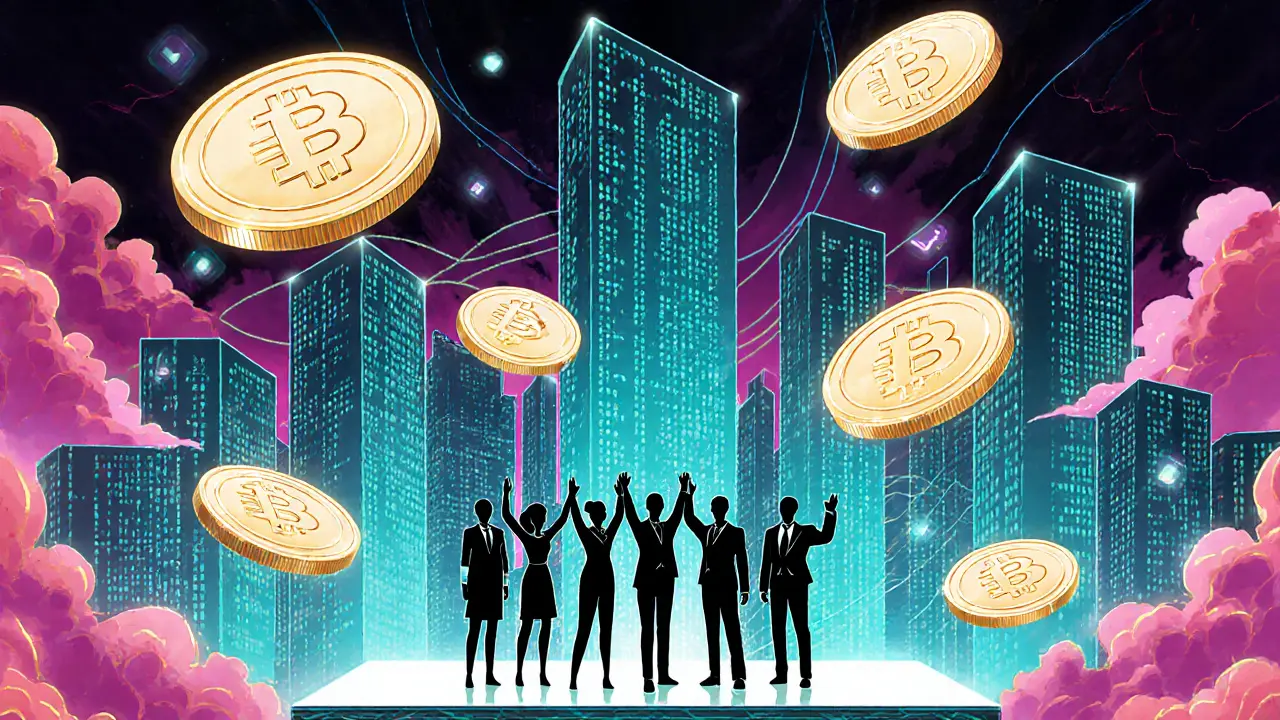How DAO Governance Works: A Simple Guide to Decentralized Decision‑Making
Learn how DAO governance works: from proposals and voting models to tokens, smart contracts, real‑world examples, and common challenges-all in plain English.
Continue ReadingWhen working with Decentralized Autonomous Organization (DAO), a blockchain‑based entity that runs on code instead of a traditional hierarchy. Also known as DAO, it lets members make decisions collectively without a central authority. In plain terms, a DAO is a group of people that follow rules written in software. Those rules live on a public ledger, so anyone can see how decisions are made and who voted what. This structure removes the need for a CEO or board, and it opens the door for global collaboration.
Smart contract, self‑executing code on a blockchain that enforces DAO rules is the engine behind a DAO. Governance token, a digital asset that gives holders voting power translates those rules into community decisions. The underlying blockchain, a distributed ledger that records every transaction guarantees transparency and security. Together they enable mechanisms like community airdrop, free token distribution to active participants which we see in many of our featured posts. DAO encompasses community governance, requires smart contracts, and relies on governance tokens to let members vote on proposals. Smart contracts enable governance token voting, while the blockchain records each vote for auditability. This trio creates a feedback loop: members propose ideas, token holders vote, and the contract automatically enacts the outcome.
Why does this matter for you? If you’ve ever joined a crypto airdrop, you already touched a DAO‑style process – you proved a task, earned tokens, and got a say in the project’s next steps. Our collection below shows real‑world examples: airdrop guides for SPAT Meta Spatial, Swaperry’s PERRY community drop, and safety tips for token distributions. You’ll also find deep dives on sentiment analysis for trading signals, hardware security modules that protect private keys, and even how quantum computing could challenge DAO security. All these topics link back to the core idea of decentralized decision‑making. Ready to see how DAOs are built, how they manage funds, and how you can participate without risking scams? Browse the articles below for step‑by‑step instructions, risk assessments, and the latest trends shaping decentralized autonomous organizations today.

Learn how DAO governance works: from proposals and voting models to tokens, smart contracts, real‑world examples, and common challenges-all in plain English.
Continue Reading